It is not just haute couture that defines French ‘chic’. While French fashion remains essential in comprehending the country's illustrious social culture through the decades, it also remains a comprehensive marker of the country's heritage, values, and love for the decorative arts, as is the chic design of French furniture design. The Art Deco furniture pieces not just only remain at the forefront of a powerful past, but they also emanate a sense of creative understanding for the contemporary design world to adapt. Mobilier National, the French national service agency that operates under the supervision of the Ministry of Culture, is currently hosting a deeply researched exhibition that honours the French decorative art and design; titled Le Chic! Decorative Arts and Furniture from 1930 to 1960. The design exhibition covers two floors of the agency's exhibition home, La Manufacture des Gobelins, with nearly 200 historic furniture pieces in a scenographic experience designed by the renowned French designer Vincent Darré. The chic exposé has been on view from October 12, 2022, till January 29, 2023.
“To be chic is to know how to achieve this lighthearted, joyful and subtle marriage between tradition and modernity. We are looking for the harmony of shapes, materials, colours, we have a sense of detail, but it is this indefinable touch of audacity that shakes up the codes of luxury and makes it chic,” says Emmanuelle Federspiel and Gérald Remy, co-curators for the exhibition and collections inspectors at the Mobilier National. The prestigious establishment continues to be an invaluable resource of formative jewels of the French design scene, which has also organised a mass restoration programme in support of the weakened sector of skilled craftsmen who continue to work tirelessly in conserving the priceless intangible heritage with the help of the exhibition. Supporting crafts and creation since the 17th century, Mobilier National’s mission helped ensure the conservation and restoration of its unique collections, placing heritage in a high place. With the participation of exceptionally skilled furniture makers, leather carvers and upholstery experts, among others, the agency was successful at restoring many of its heritage pieces to their original glory.
The French Art Deco period peaked between the two World Wars and massively influenced the global design scene over the decades that followed. For Le Chic!, Mobilier Nationale invited a group of designers who were at the forefront of French Decorative Arts from the 1930s to the 1950s to present their respective works through the ages. André Arbus, Jules, Leleu, Jean Pascaud, Suzanne Guiguichon, André Devêche, Gilbert Poillerat, Colette Gueden, Marc du Plantier, Janette Laverrière and Raphael Raffel played the role of chic designers throughout the Art Deco era. These ‘ensembliers’ highlighted interior design and all of its assets as the parts of a perfect French picture which that was characteristically harmonious, luxurious and perfectly in sync with the refinement of the age. They practised at a time when the world was becoming more receptive to change and adaptive modernism only to orchestrate enticing design ensembles through creative furniture pieces and colourful Art Deco schemes.
The clean lines and balanced geometries of Georges Bardyère’s kidney-shaped desk (1933) emanating the look of high modernism; French Art Deco modernists Jacques Adnet and Jacques Despierre’s ‘Petit bureau’ which hones its clean wooden structure while sitting in contrast with its vivid framed sceneries and the French artist Jean-Gabriel Daragnes’ Prou vase (1935), displaying extraordinary use of colours and details, are among the vast collection of furniture pieces, lamps, accessories and tapestries that are being displayed as the medians of French decorative arts. To a great extent, every piece, in its oeuvre, reflects France's political and industrial situations in the face of time. “The pieces presented testify to the voluntary intervention of the State in the field of fine crafts throughout the period concerned, in particular during periods of economic crisis: the 1937 exhibition, the second World War, the post-war period,” expresses Federspiel and Remy. “They bear witness to the survival, thanks to the State, of traditional know-how renewed in their use in the service of the spirit of the times,” they add.
As part of the elaborate display, the agency outlined many interior elements and accessories that exclusively remained at the forefront of the nation’s wealth during two wars and certain political crises. These include decorations commissioned for the Élysée Palace, which were bespoke accounts of luxury materials such as lacquer, shagreen and parchment. Additionally, many commissioned pieces from various embassies including André Abus and Vadim Androusov’s ‘Medusa’ two-door dresser, Maxime Old’s display case fitted with a luminous device and others. Also on display were ceremonial and ornamental pieces acquired from various palaces and private residences.
“Evidence that design has been forming the patterns of epochs, as fashion did, and continue to surprise us as they always have. So be it!” exclaims Vincent Darré. The colossal amount of heritage and history that supports the entire exhibition certainly required a greater, more creative approach towards mapping the space. To artistically stage these revolutionary pieces and the names of the three decades of decor, Mobilier National extended its partnership with the famous French decorator Vincent Darré. The designer’s artistic oeuvre is known to be driven by his past travels, childhood experiences, fashion encounters and borrowings from the world of design that he throws in the mix to create phantasmagoric design scenes. He offers a well-illustrated scenography for Le Chic! that immediately transports the viewers to the older French decor scenes and offers a greater understanding of the importance that each element held, owing to its materiality and detailed aesthetics. What Darré first conceived as vivid sketches, was ultimately a flamboyant reconstitution of large decorative ensembles and period rooms.
The exhibition, which is as elaborate as it gets, offers a glimpse into the past, showcasing elemental accounts that ascertain impactful design inferences through time. Not just as an immensely supportive social cause, Le Chic! championed a display worth three decades of changes and enhancements that the country has lived through. Every piece that was carefully chosen for its characteristically different looks weaves a wonderful design narrative for the contemporary design world to acknowledge and learn from.
Le Chic! Decorative Arts and Furniture from 1930 to 1960 will be on view from October 12, 2022, till January 29, 2023, at the La Manufacture des Gobelins, Paris.






 Sign in with email
Sign in with email


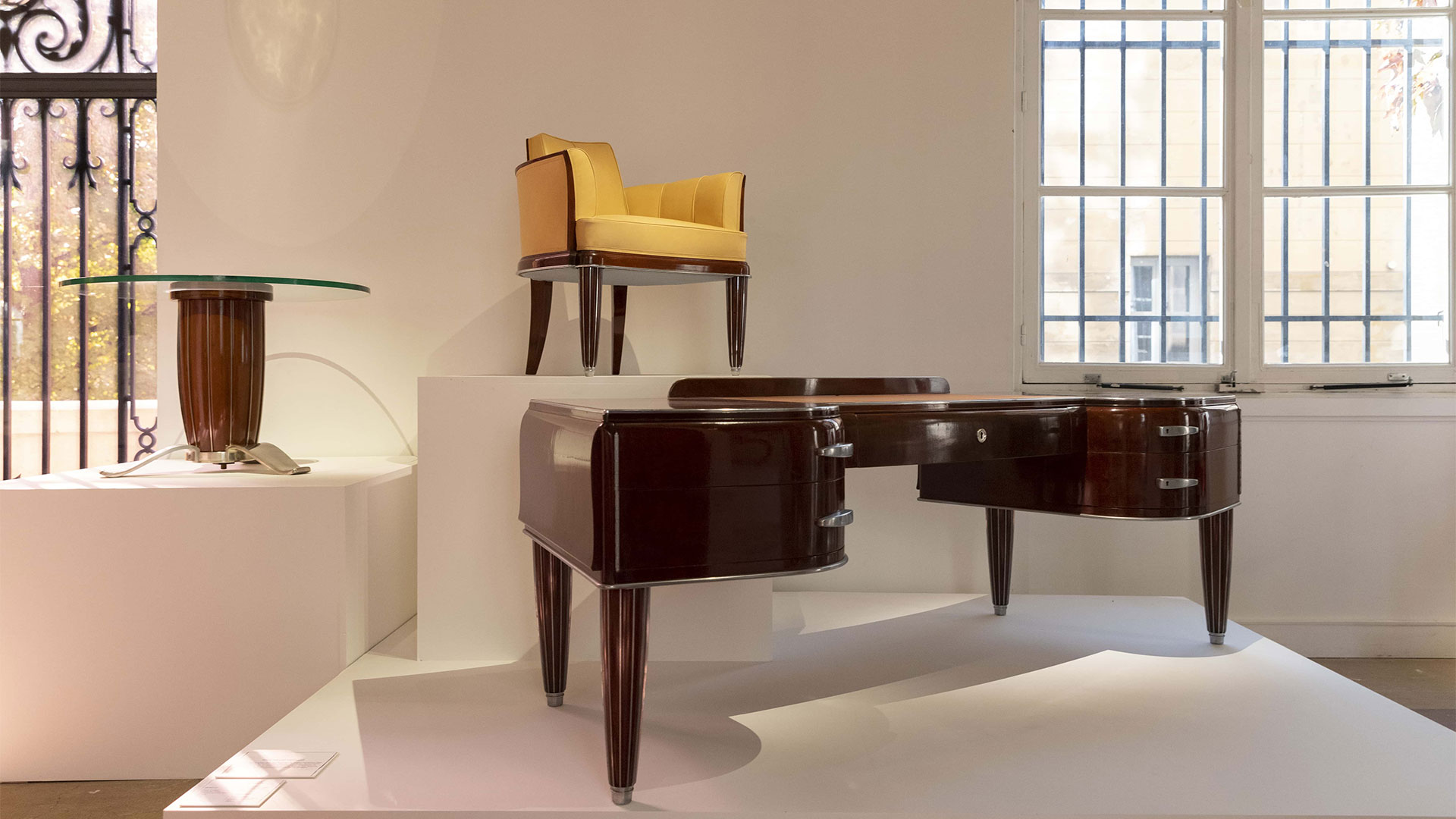
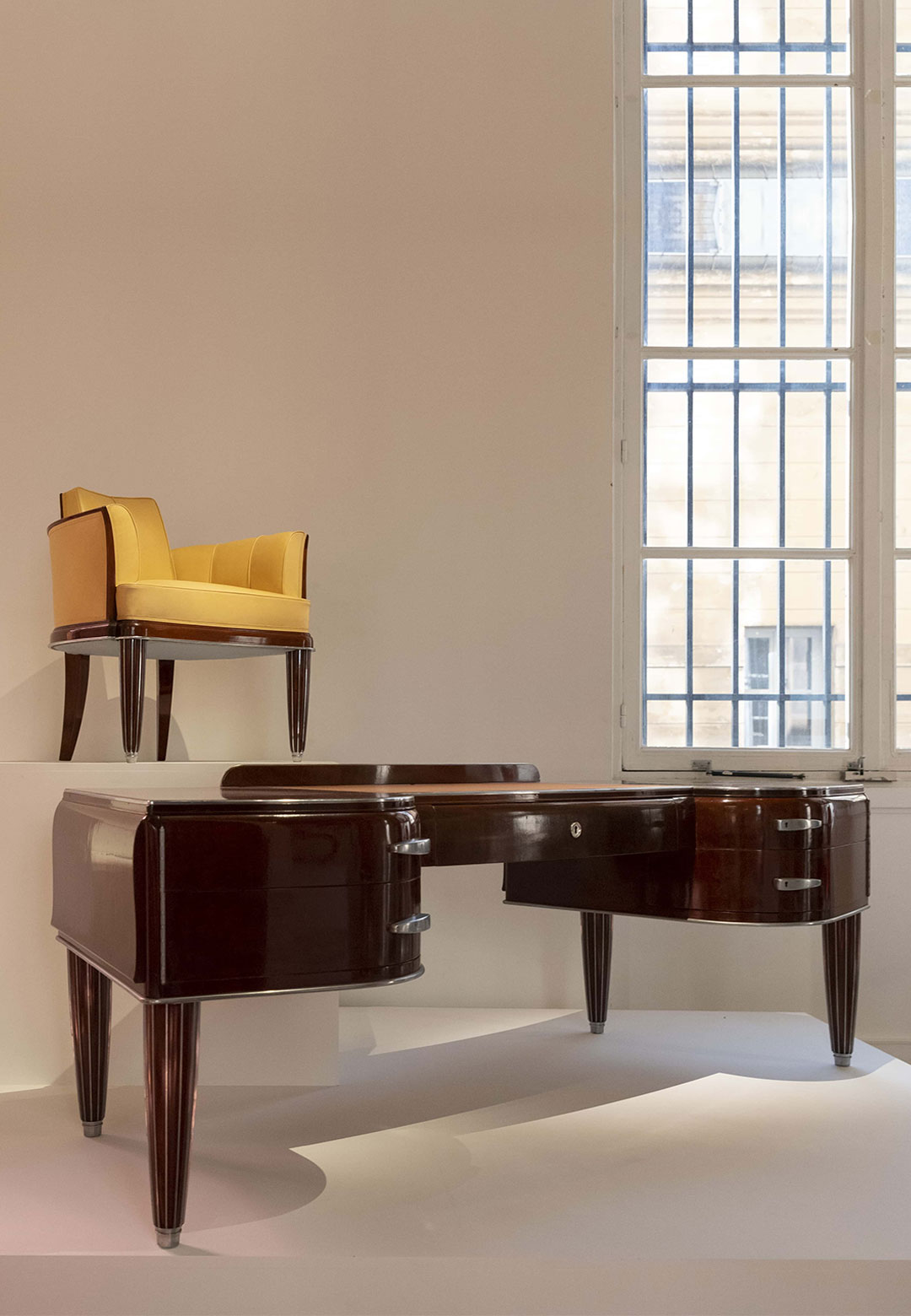
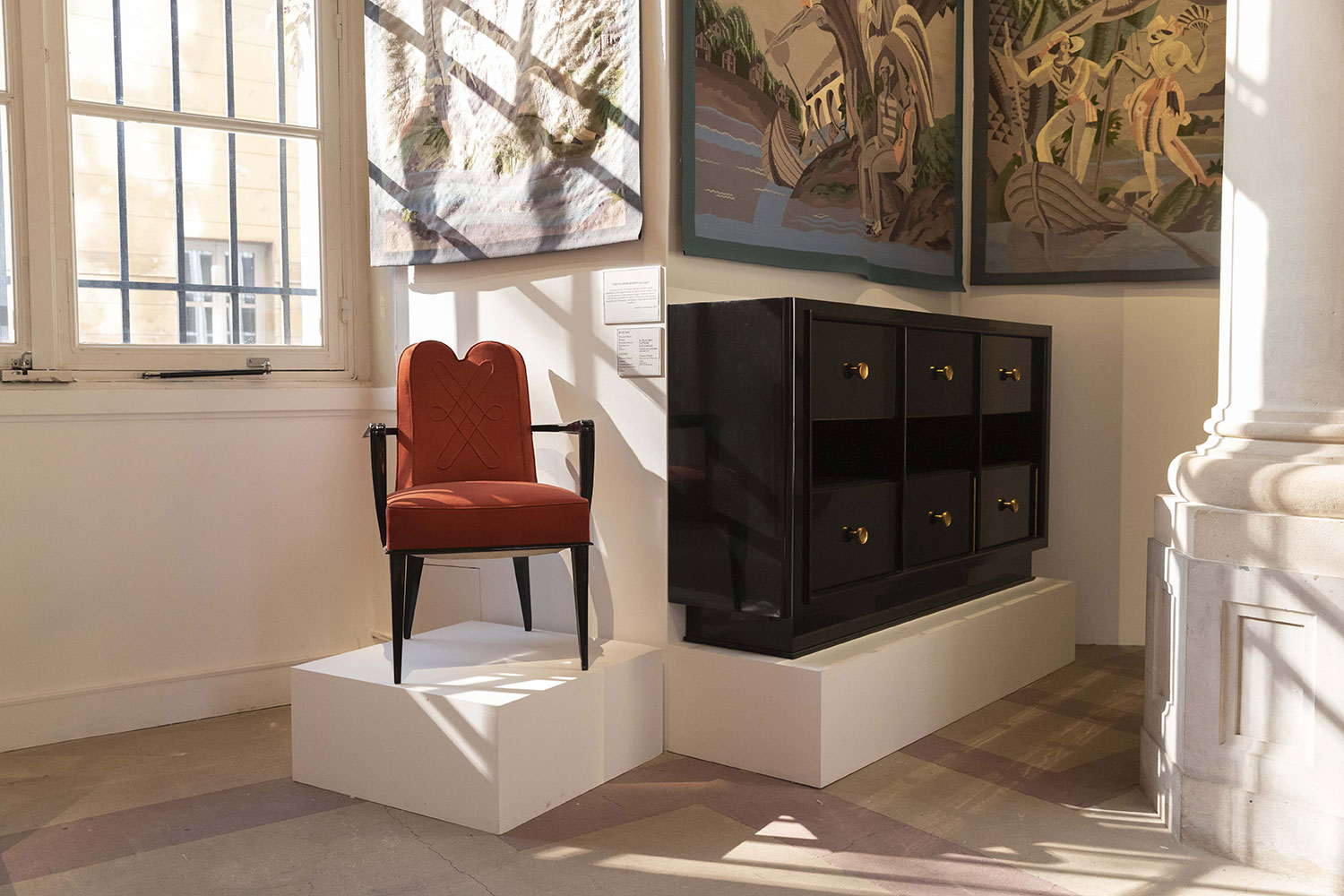
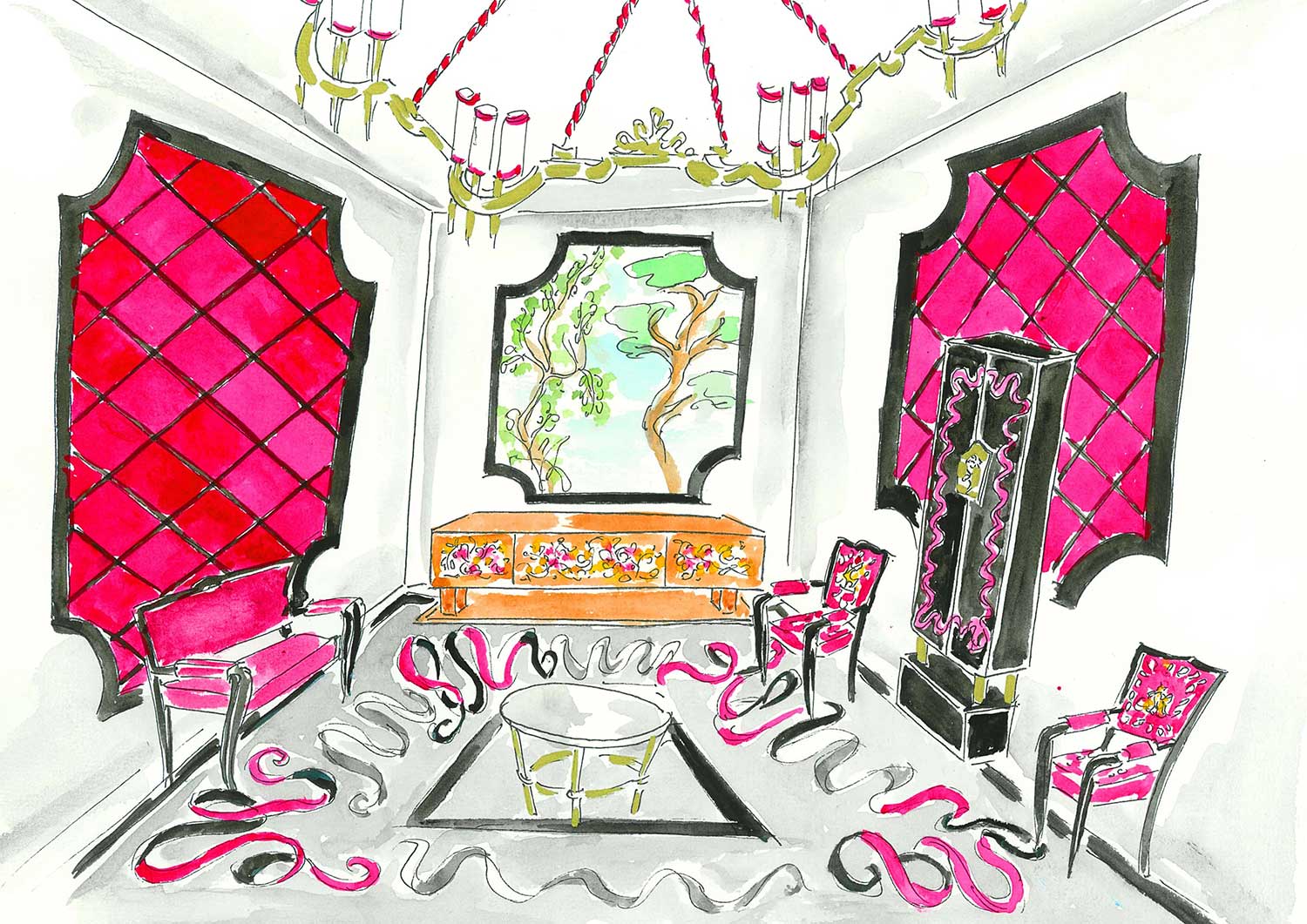
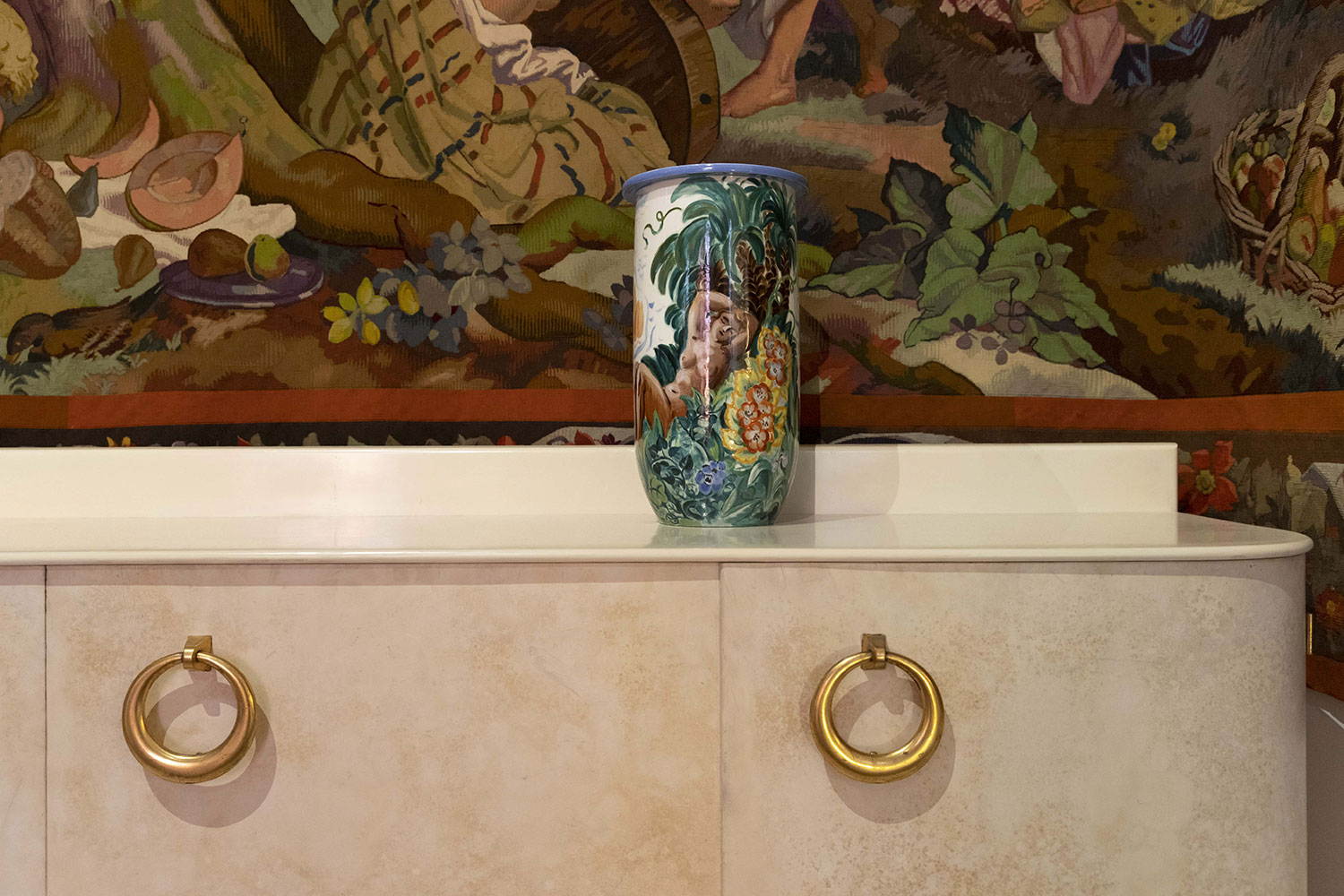
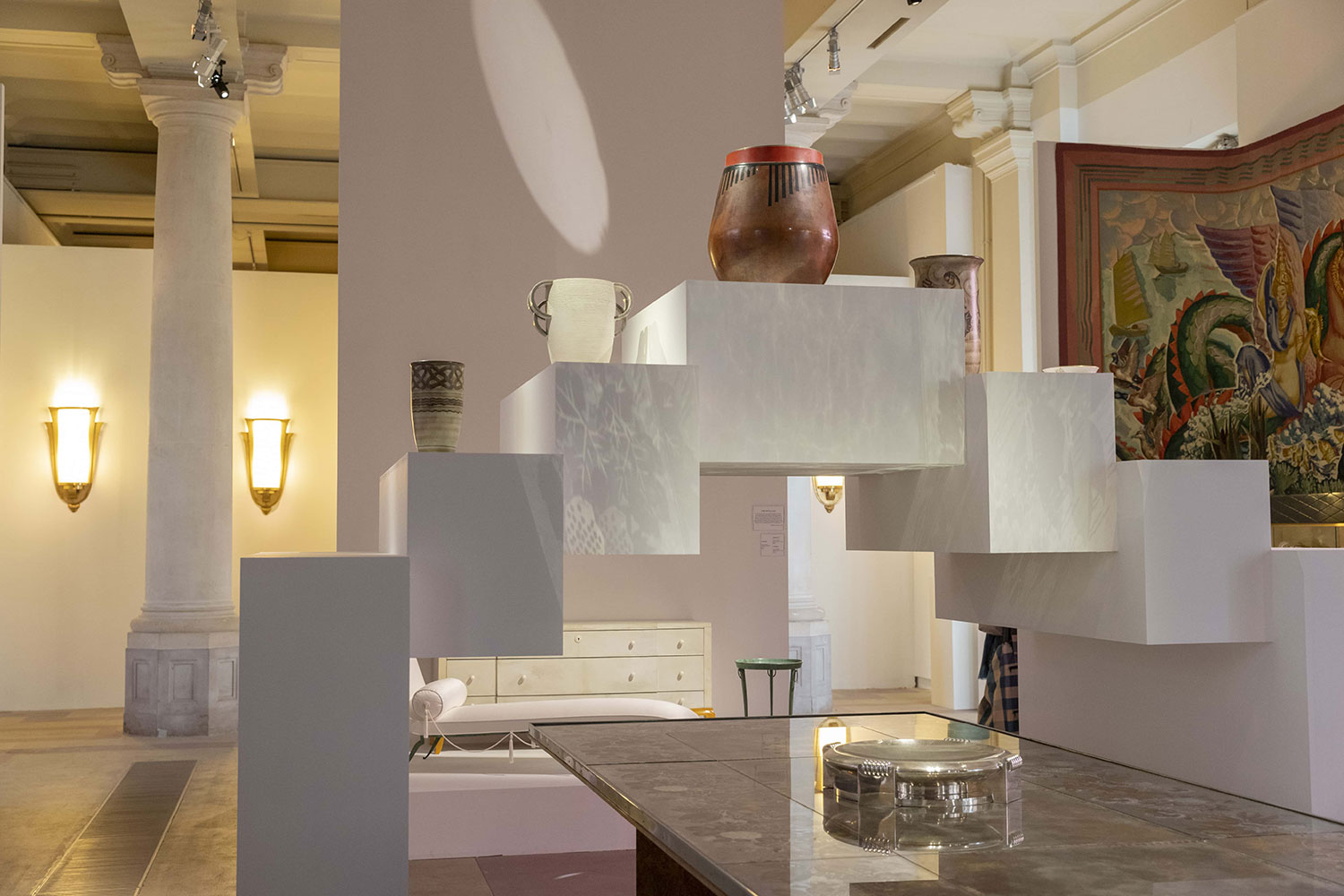
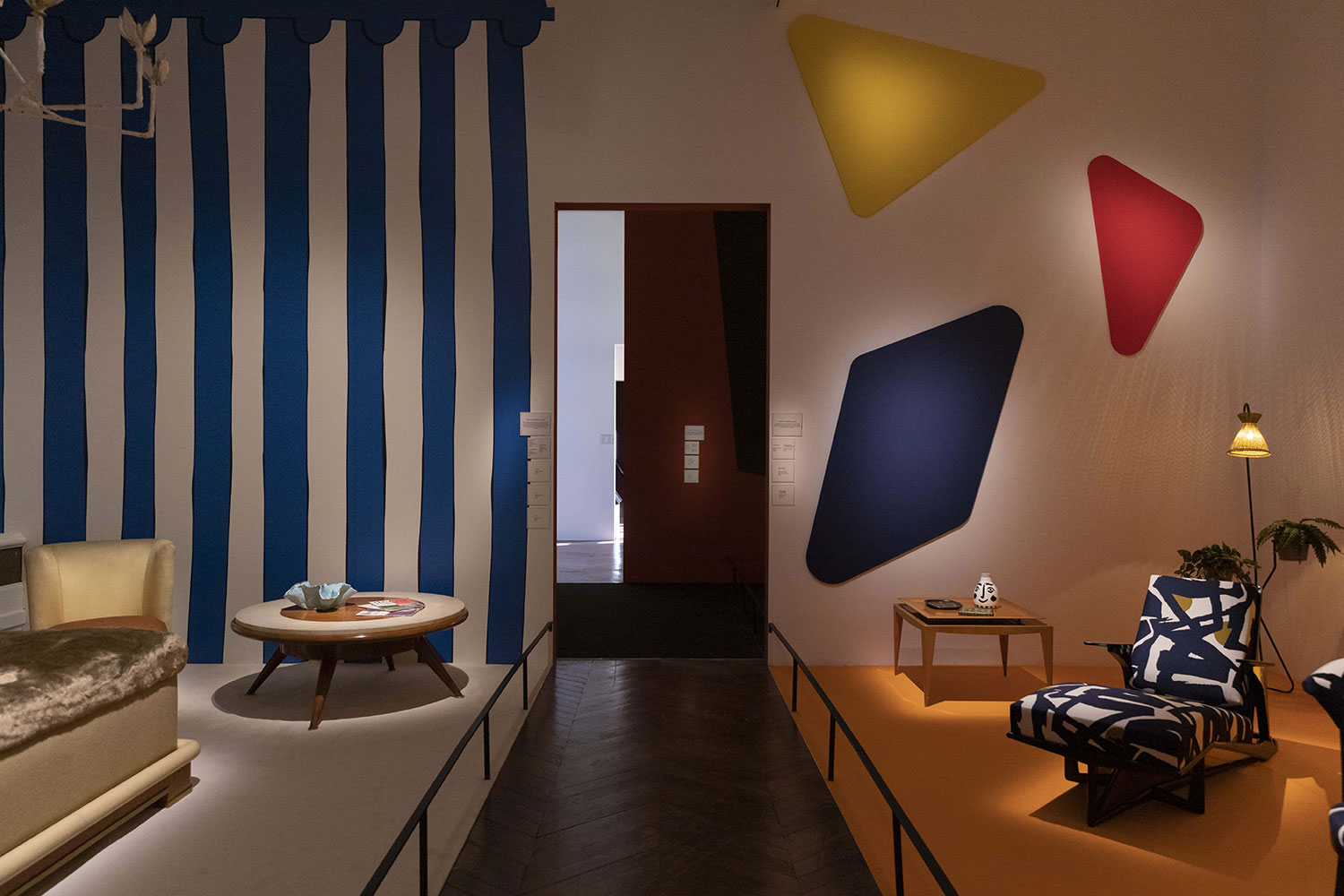
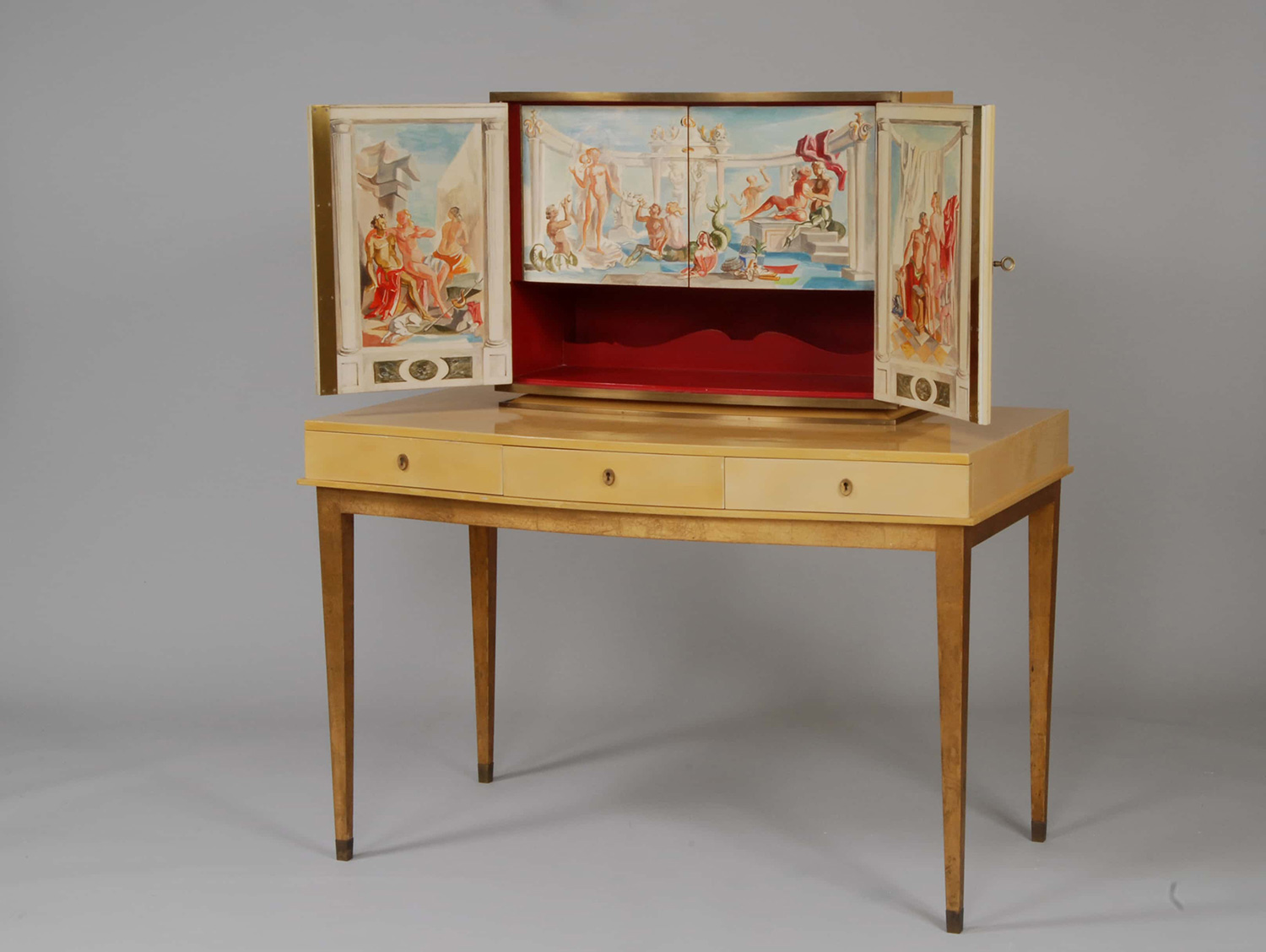
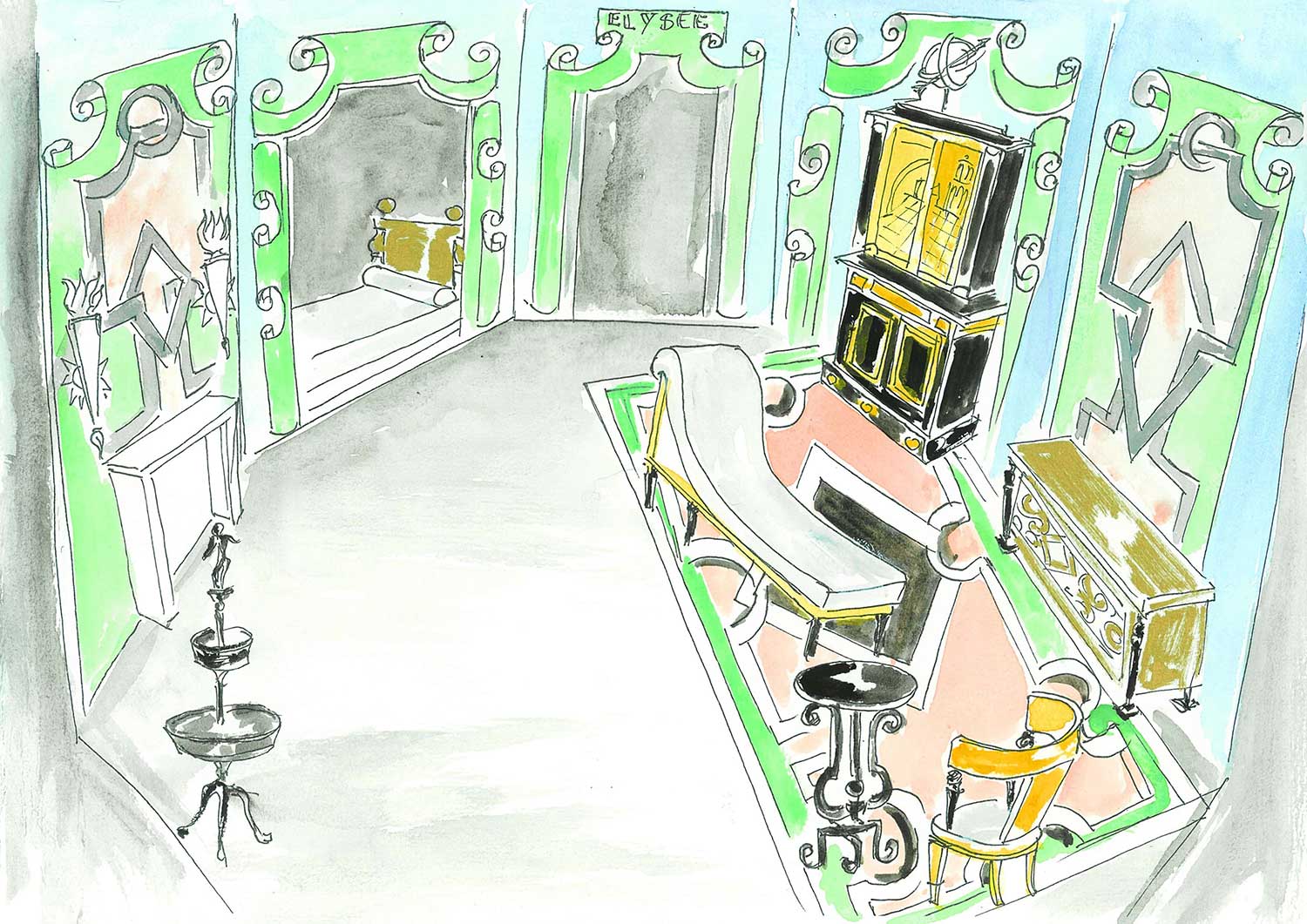
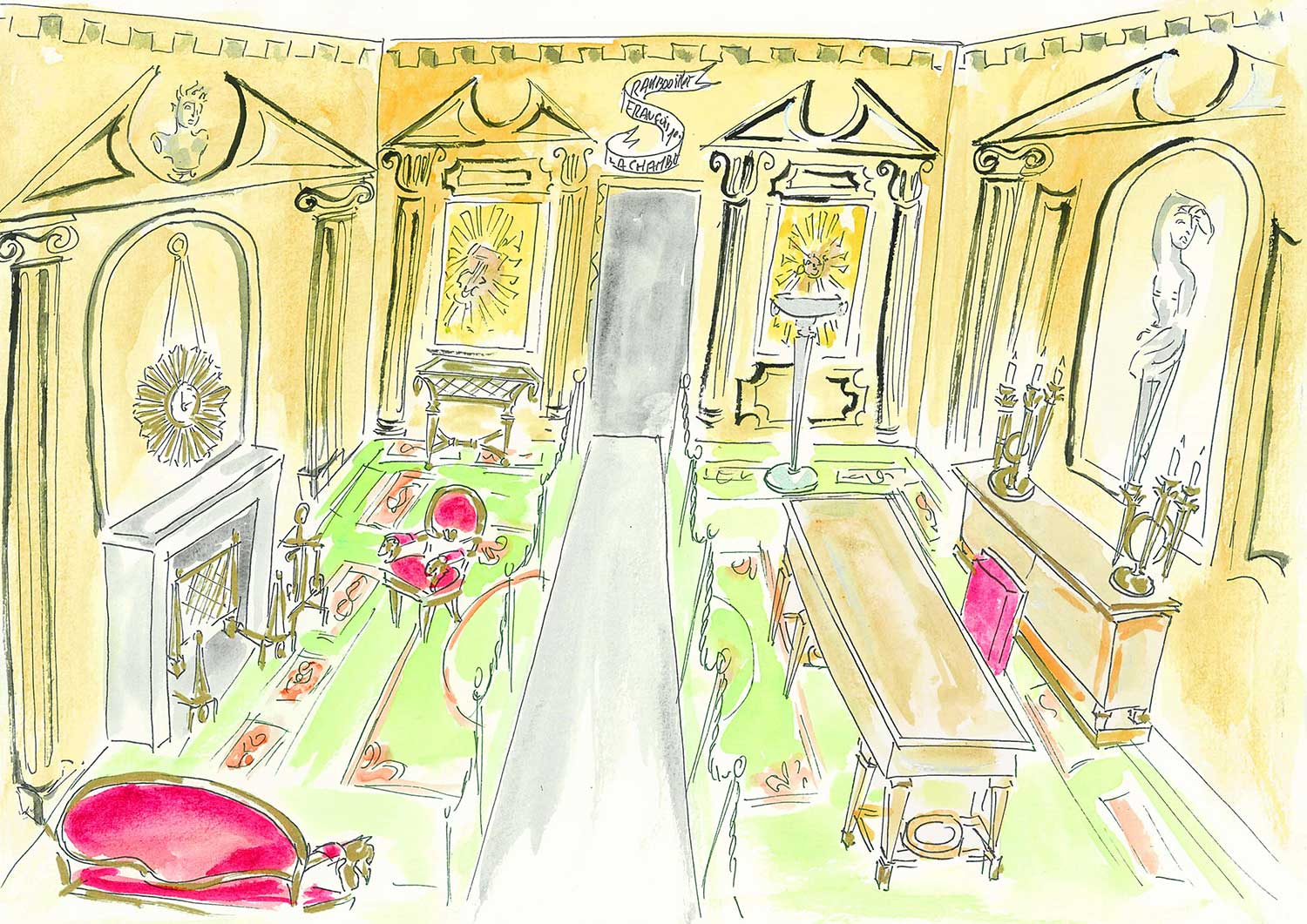
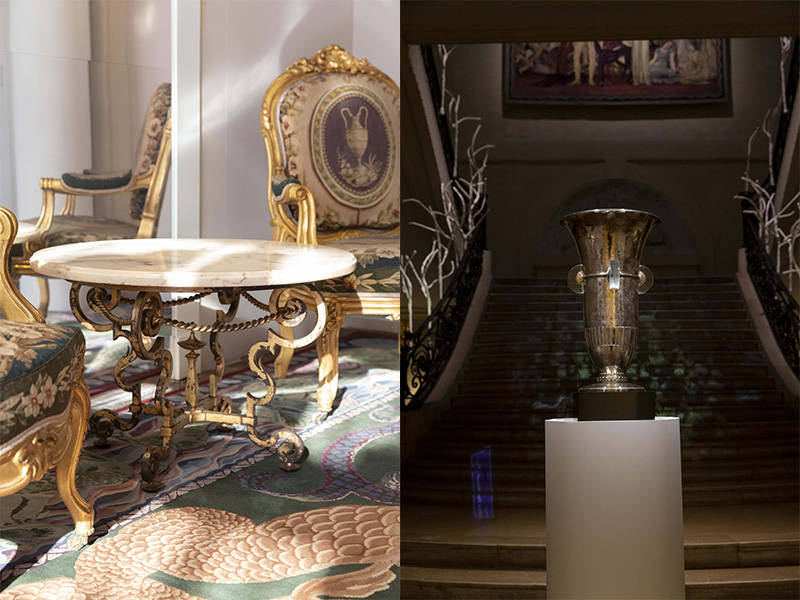






What do you think?